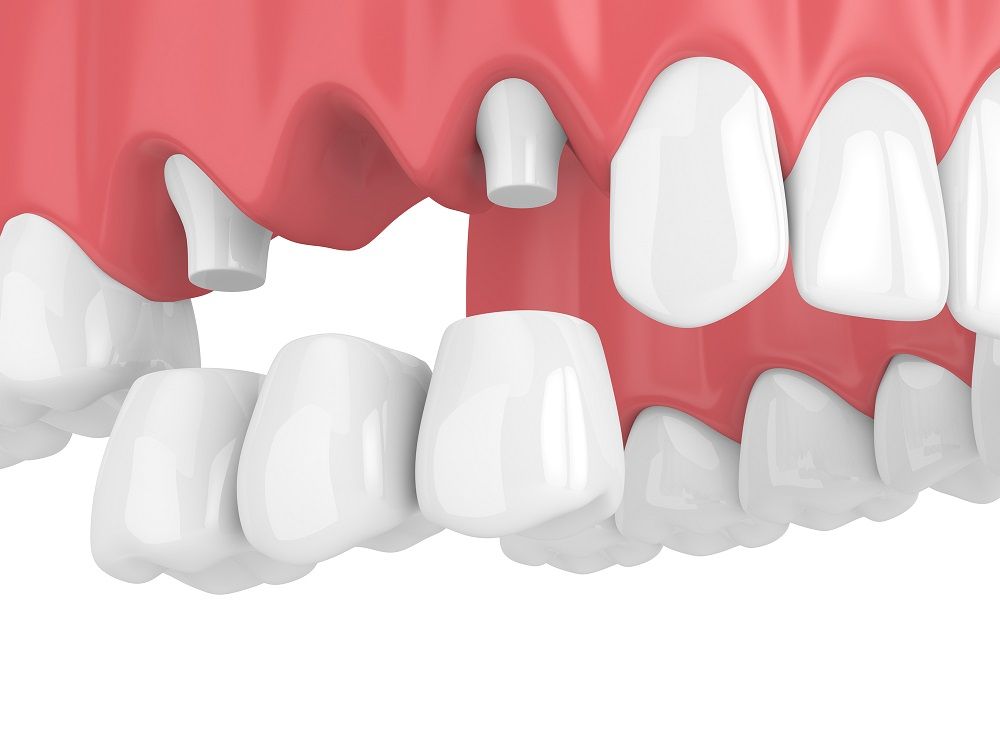When you lose several teeth, you can notice significant disruption to your usual activities. It may be difficult to eat or speak, and you might feel self-conscious about large gaps in your smile. Your confidence can decline this way, affecting your personal and professional lives too.
Your dentist can offer many tooth replacement options to restore your smile, including a dental bridge. This prosthetic will replace several consecutive missing teeth and comes in a few types. Read on to learn about three kinds of dental bridges your dentist might recommend to replace your missing teeth.

3 Types of Dental Bridges
Removable Dental Bridge
If you want an affordable way to replace missing teeth, you can ask your dentist about removable dental bridges. This dental prosthetic will replace three or more teeth in your smile and is a type of partial denture.
The oral appliance features false teeth on an acrylic base. It will use a framework that reaches surrounding natural teeth, which will act as support to keep the device in place. You can wear it while eating so that you can chew easier.
Many people appreciate the flexibility and comfort that comes with taking the bridge out of the mouth when not in use, such as during sleep. But you will need to perform separate cleaning to care for this type of dental bridge.
Traditional Dental Bridge
A traditional dental bridge is a fixed appliance, meaning you cannot remove it without assistance from a dentist. The prosthetic teeth will feature dental crowns on each end of the device. These snap into place over the adjacent natural teeth, ensuring a secure fit for your bridge.
The traditional bridge seals into place with dental cement-like crowns so that you can feel confident that the device will not slip out of place. This security will bring comfort to many patients who worry about the integrity of prosthetic teeth. Make sure you follow aftercare instructions from your dentist so that you can get the most out of your bridge.
Implant-Supported Dental Bridge
If you want the most comprehensive and effective way to restore your smile after losing several teeth in a row, ask your dentist about an implant-supported dental bridge. This bridge is supported with two titanium post anchors, one for each end of the prosthetic, that a dentist will insert into the jaw. They fuse with the bone there for long-lasting restoration.
With proper care and maintenance, this dental implant will remain in place for twenty or more years, longer than the traditional bridge. The anchors also serve as replacements for missing tooth roots. Traditional bridges will only replace teeth above the gumline.
Therefore, you can see the preservation of the jawbone and the best security in the fit of the bridge. Not every patient will qualify for this treatment option, so schedule a consult with your dentist to learn if you are eligible. Though the process may seem long and invasive, you can see the best benefits with this bridge.
